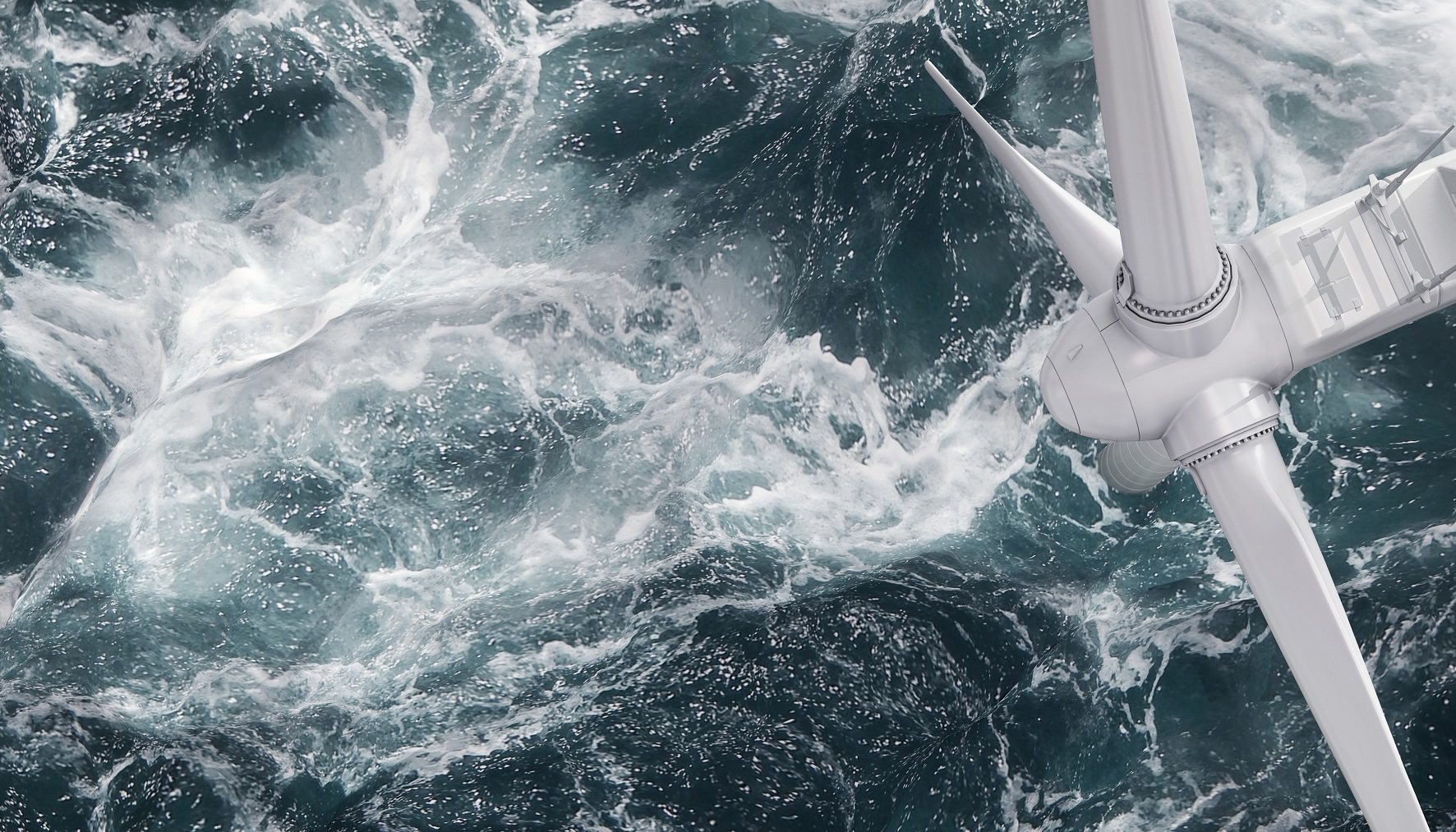Green hydrogen will be one of the mainstays in the climate-neutral energy system of the future – especially in places where demand for energy is high or cannot be covered using traditional battery solutions for reasons of cost, weight or space. In order to guarantee the usability of this energy medium at any time and in the required quantity, investments and rapid development of the infrastructure for transporting and storing hydrogen are now necessary.
Who are the key players and companies tackling this challenge? Where are new hydrogen and fuel cell technologies materialising? At the H2 EXPO & CONFERENCE in Hamburg, being held from September 27 – 30 as part of WindEnergy Hamburg, the leading global trade fair for the wind industry, the focus will be on innovative solutions and application-ready developments for a successful energy transition. Bernd Aufderheide, CEO of Hamburg Messe und Congress explained: “To get to a climate-neutral future, there will be no way around green hydrogen. The H2EXPO & CONFERENCE focuses on networking and cultivating the exchange of knowledge between leading technology providers, research institutions, industrial consumers and politicians. In the four-day conference programme which accompanies the trade fair, we shall also be showing how the switch from using fossil fuels to using green hydrogen can be successful.”
Accelerated ramping-up of the hydrogen economy
A year ago the talk was of expanding the “green hydrogen” energy sector gradually, with supply and demand being controlled continuously and in parallel.
However, the drastic increase in gas prices has meant that green hydrogen produced from wind and solar energy is already cheaper in some parts of Europe, Africa and the Middle East than grey hydrogen produced from natural gas. In April, Handelsblatt reported an analysis by Bloomberg New Energy Finance (BNEF) showing that a kilogram of grey hydrogen currently costs $6.71 in these regions, compared to $4.84 to $6.68 per kilogram of green hydrogen.
Electrolysis capacities are being greatly expanded
As part of the Green Deal, the European Union expects electrolysis capacities to expand from the current 1,000 MW to 40,000 MW by 2030. A market worth billions is developing, in which key players such as Uniper and Kawasaki are just as involved as young companies such as Lhyfe. Electrolytic processes are being used to generate green hydrogen, which can be supplied with large volumes of e.g. wind power, so that water can be broken down into hydrogen and oxygen. As the smallest element of the periodic table, molecular hydrogen H2 is a colourless and odourless gas. It is highly reactive and does not release any climate-impacting emissions when it is converted into electricity. But because of its volatility, special conditions have to be observed for its transport and storage.
From generation to storage
Because the density of hydrogen under atmospheric pressure conditions is very low, around 90 g/m3, the gas must be compressed or liquefied to prepare it for storage and transport. Various procedures exist to do this: At a temperature of -253 °C one can store hydrogen in liquid form in insulated cryogenic tanks. The element can be stored in gaseous form under high pressure in special pressure tanks or in underground caverns. In addition, there are other options for storage involving absorption, where hydrogen is accumulated on carrier media. In solid form it can be stored in the form of carbon or metal hydrates. Suitable liquid carrier media are referred to as LOHC (Liquid Organic Hydrogen Carriers).
Transport and delivery – centralised or decentralised
The state of aggregation and the carrier medium for the stored hydrogen determine how it is transported. Specially manufactured trucks and rail wagons are suitable for overland transport, while gas tankers can bring large quantities of liquid hydrogen from producer countries across the oceans to coastal regions of importing countries, such as from Namibia to Rotterdam.
























